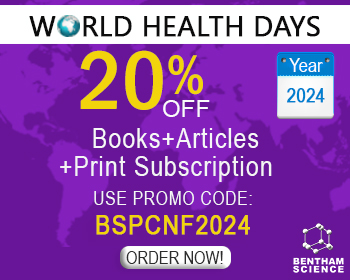Abstract
In Gram-negative bacteria, multi-component machines that span the inner and outer membranes actively extrude drugs and other toxic small compounds. Many of these machines are assembled principally from three different types of components: i) an outer membrane protein that acts as a channel and opens from a sealed resting state during the transport process, ii) an inner membrane protein that transduces proton electrochemical energy into vectorial displacement of the transported compounds, and iii) a bridging, periplasmic component that links the inner and outer membrane proteins. The pumps may assemble transiently, and the association of components is favoured by engaged substrate and the trans-membrane electrochemical potential. We describe recent structural and functional studies on the individual pump components and discuss models that explain how they associate in the dynamic, active assembly. Based on the available data, we suggest that the assembly of these multi-drug efflux pumps is accompanied by induced fit of the outer membrane component driven mainly by accommodation of the periplasmic component.
Keywords: Drug efflux pumps, antibiotic resistance, RND transporters, TolC, AcrB, membrane fusion proteins

























